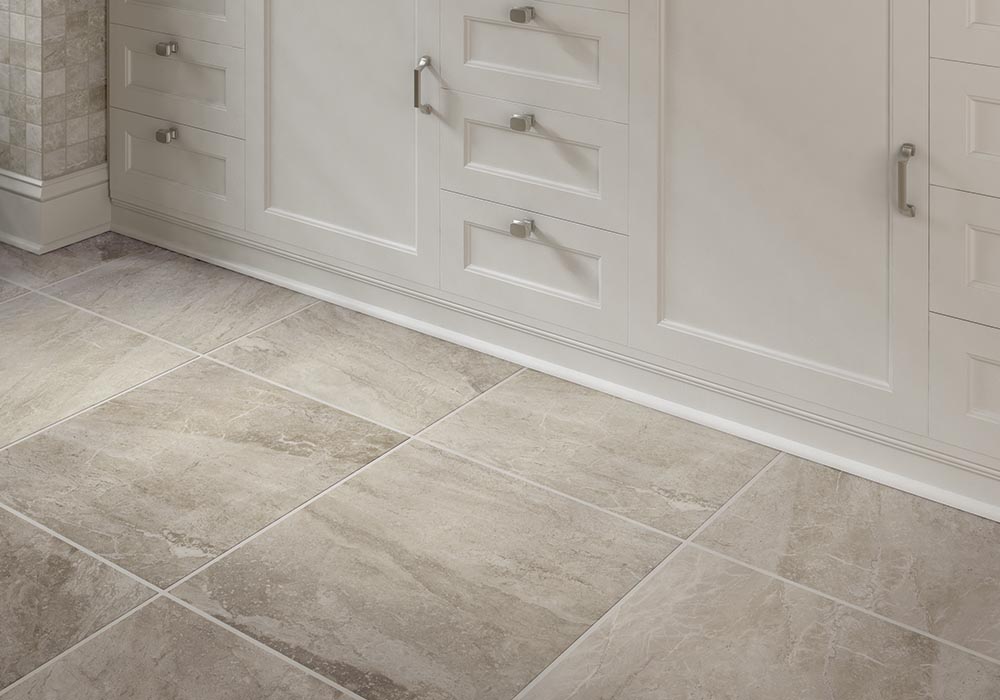Tile flooring generally come down to two construction types: porcelain and ceramic. But how do these two types differ, and which is better for your home? We’ll discuss that here.
The Relationship Between Porcelain and Tile Flooring
Technically, all porcelain tile is ceramic, but not all ceramic tile is porcelain. Why? Porcelain uses the same materials as ceramic tile floors. Both are crafted with clay formed by grinding various types of stone.
However, porcelain tile also includes fine minerals in the mixture. This marks the first distinction from traditional ceramic. Those fine minerals help improve durability
Baking the Clay into Tiles
The next big difference comes in how the tiles themselves are baked. The fine minerals included in porcelain mixtures allow them to be fired at significantly hire temperatures. This results in a much more impervious tile that can withstand greater abuse than its ceramic counterpart.
Differences Between the Final Products
Durability and Versatility
Ultimately, porcelain tile floors are far more durable and impervious than ceramic tile. They’re even considered frost resistant and can be safely used in outdoor applications. Its higher breaking strength makes it a great choice in high-traffic areas. It’s harder than natural stones like marble and granite, yet still costs less. In fact, porcelain tile floors are often used in commercial settings. It also has a lower absorption rate. This makes it a great choice for high-moisture areas, including kitchens, bathrooms, and basements.
However, ceramic tile floors still perform well with regular use.
Cleanliness and Maintenance
The hard surface of porcelain is also naturally more hygienic. This, combined with its non-porous surface, naturally makes porcelain tile floors easier to clean and maintain.
The porous surface of ceramic tiles can make the more difficult to clean, although recent changes have made this less of an issue. Still, you may still need to reseal some ceramic tiles over time.
Cost
Ceramic tile is more affordable than porcelain in the short term. It requires less heat and ingredients during the manufacturing process, allowing it to be constructed faster. These all contribute to a lower cost.
Ultimately, porcelain tile floors cost less in the long-term. They require less maintenance and virtually no resealing. They also last longer, even with heavier use.
Weight
Ceramic typically weighs less than porcelain. This is an important consideration for upper-level installations. It also makes ceramic tiles a great DIY project. Most porcelain tiles require special tools to install.
Warranty Protection
Ceramic tile floors are often protected by warranties that last decades. However, a growing number of porcelain tile floors are protected by lifetime warranties.


